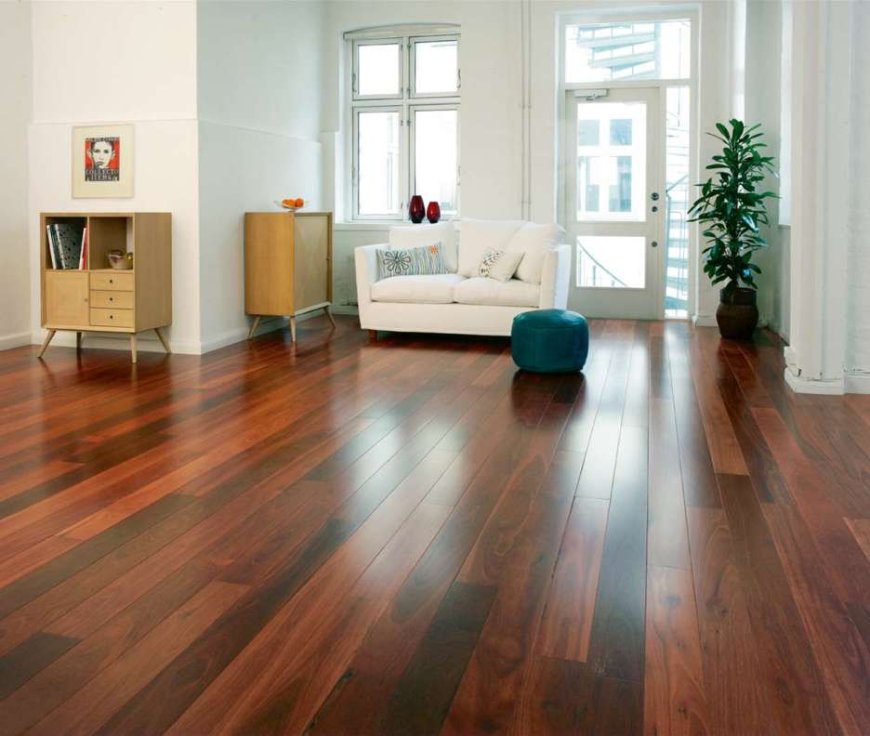Revamping Your Space with Laminate and Vinyl Flooring: A Comprehensive Guide

Choosing the right flooring can make or break the aesthetic and functionality of any room. Among the top contenders for modern, versatile, and cost-effective flooring options are laminate and vinyl. These materials offer a wide range of styles and benefits, making them ideal for various applications. In this guide, we will explore why laminate and vinyl flooring might be the perfect choice for your next renovation project.
Why Choose Laminate Flooring?
Laminate flooring has become increasingly popular due to its affordability and aesthetic versatility. It’s an excellent option for those seeking the look of hardwood or stone without the hefty price tag. Here are some key reasons why laminate flooring stands out:
- Durability: Laminate flooring is designed to withstand high foot traffic and resist scratches and stains. It’s ideal for homes with pets or children.
- Easy Installation: With a click-lock system, laminate flooring can often be installed over existing floors, making it a convenient choice for DIY enthusiasts.
- Variety of Styles: Laminate comes in numerous styles, including wood, stone, and tile patterns. This variety allows you to achieve the desired look without compromising on quality.
Benefits of Vinyl Flooring
Vinyl flooring has also gained traction for its versatility and ease of maintenance. It’s a great option for rooms that experience high moisture levels, such as kitchens and bathrooms. Here’s why vinyl flooring might be right for you:
- Water Resistance: Vinyl flooring is highly resistant to water and moisture, making it suitable for areas prone to spills or humidity.
- Comfort and Noise Reduction: Vinyl has a softer feel underfoot compared to harder surfaces like tile or wood. It also reduces noise, making it a great choice for multi-story homes.
- Low Maintenance: Cleaning vinyl flooring is straightforward. Regular sweeping and occasional mopping are usually sufficient to keep it looking its best.
Comparing Laminate and Vinyl Flooring
When deciding between laminate and vinyl, it’s important to consider the specific needs of your space. Here’s a comparison to help you make an informed choice:
- Appearance: Both laminate and vinyl offer a variety of designs that mimic natural materials. Laminate often has a more realistic wood or stone appearance, while vinyl can replicate these looks with additional textures and patterns.
- Durability: Laminate is more prone to water damage compared to vinyl. However, high-quality laminate can still offer substantial durability for dry areas. Vinyl excels in wet conditions due to its water resistance.
- Comfort: Vinyl flooring generally provides better cushioning and noise reduction than laminate. If comfort underfoot is a priority, vinyl may be the better option.
Installation Tips for Laminate and Vinyl Flooring
Proper installation is crucial to ensure the longevity and performance of your flooring. Here are some tips for both laminate and vinyl flooring installations:
- Preparation: Ensure the subfloor is clean, dry, and level before installation. Any imperfections can affect the final outcome.
- Acclimation: Allow laminate and vinyl planks to acclimate to the room’s temperature and humidity before installation. This helps prevent expansion or contraction after installation.
- Underlayment: For laminate flooring, using an underlayment can provide additional cushioning and soundproofing. Vinyl flooring often doesn’t require an underlayment but check manufacturer recommendations.
Maintaining Your Flooring
Proper maintenance is key to extending the life of your flooring. Here are some maintenance tips for both laminate and vinyl:
- Regular Cleaning: Sweep or vacuum frequently to remove debris that can scratch the surface. Use a damp mop with a mild cleaner for deeper cleaning.
- Avoid Excessive Water: For laminate flooring, avoid using excessive water during cleaning to prevent warping. Vinyl can handle more moisture but should still be cleaned with minimal water.
- Protective Measures: Use felt pads under furniture legs to prevent scratches. Consider placing mats at entryways to reduce the amount of dirt tracked onto your floors.
Why Opt for Professional Installation?
While DIY installation is an option, hiring a professional can ensure that the job is done correctly and efficiently. Professionals have the expertise and tools to handle complex installations and address any issues that may arise. For more information on professional installation services, you can visit Laminate Vinyl Floor.
Final Thoughts
Whether you choose laminate or vinyl flooring, both options offer numerous advantages for updating your home. Their durability, ease of maintenance, and variety of styles make them popular choices for a wide range of applications. By considering your specific needs and preferences, you can select the flooring that best complements your space and lifestyle.












